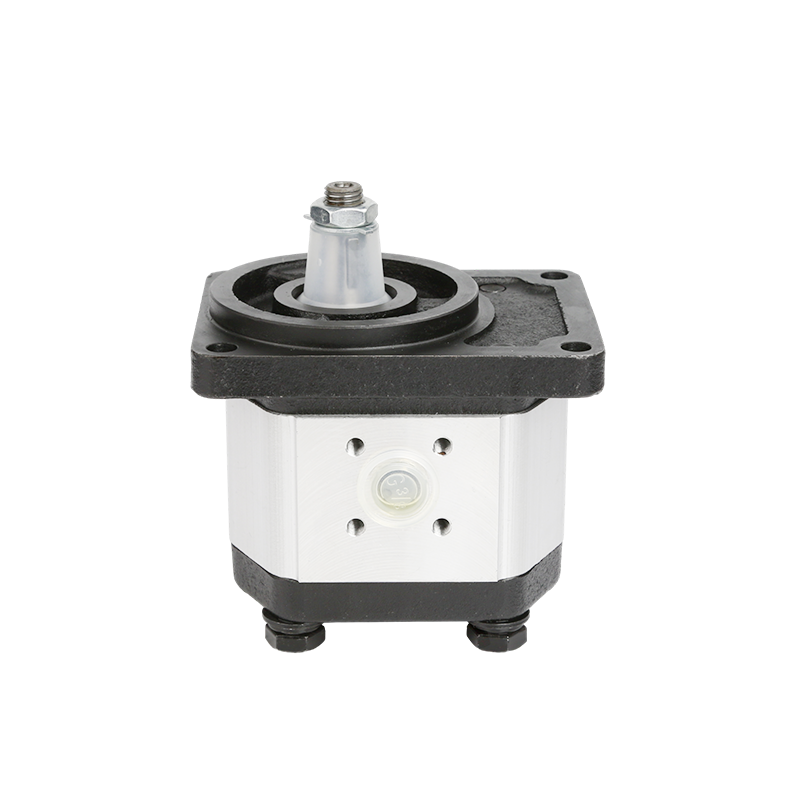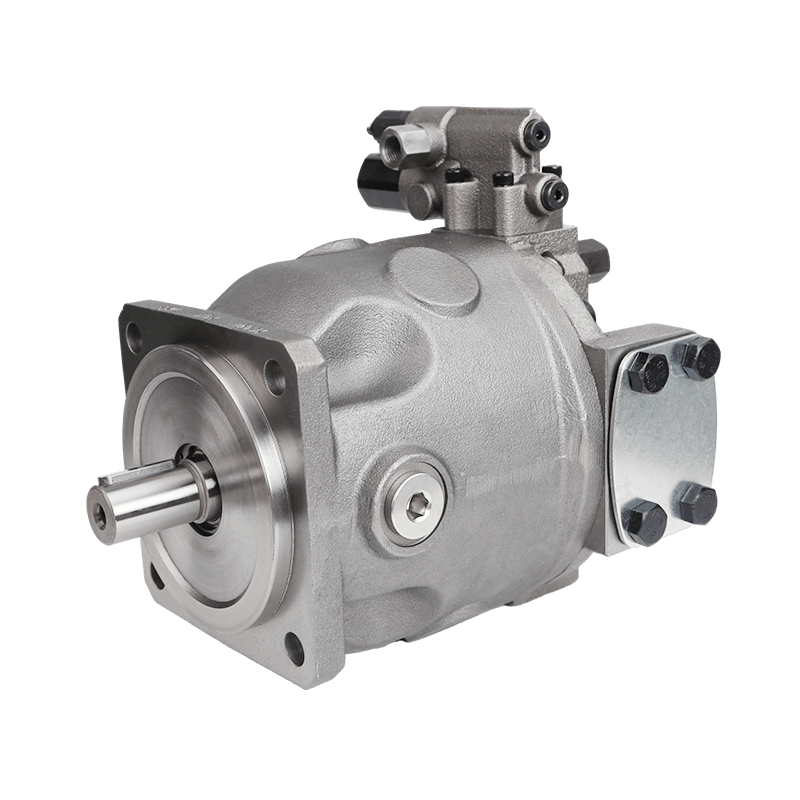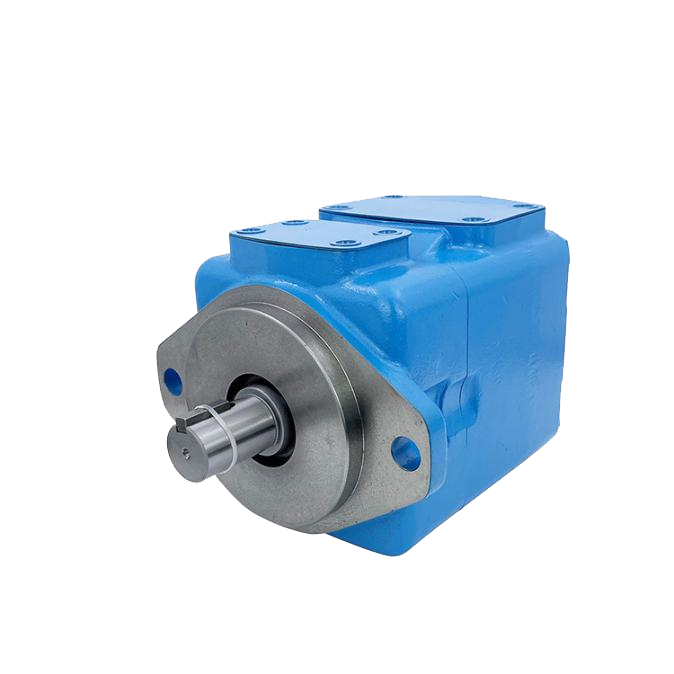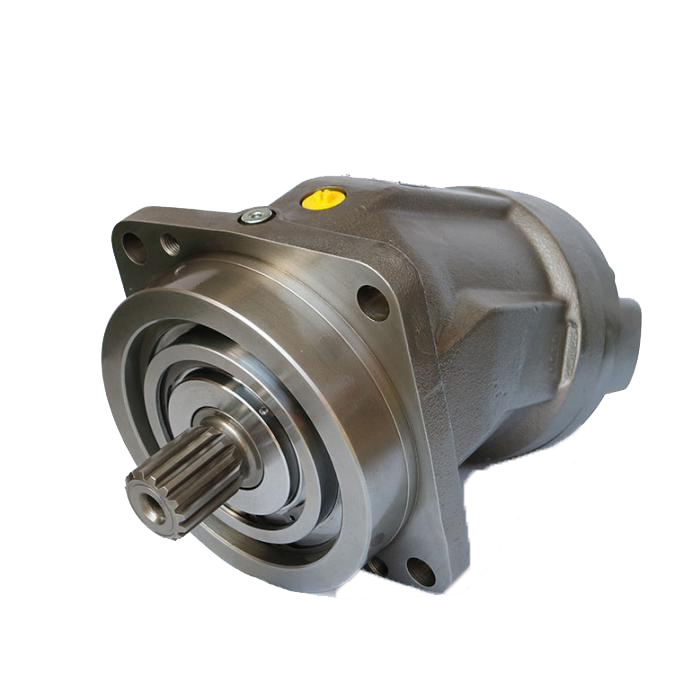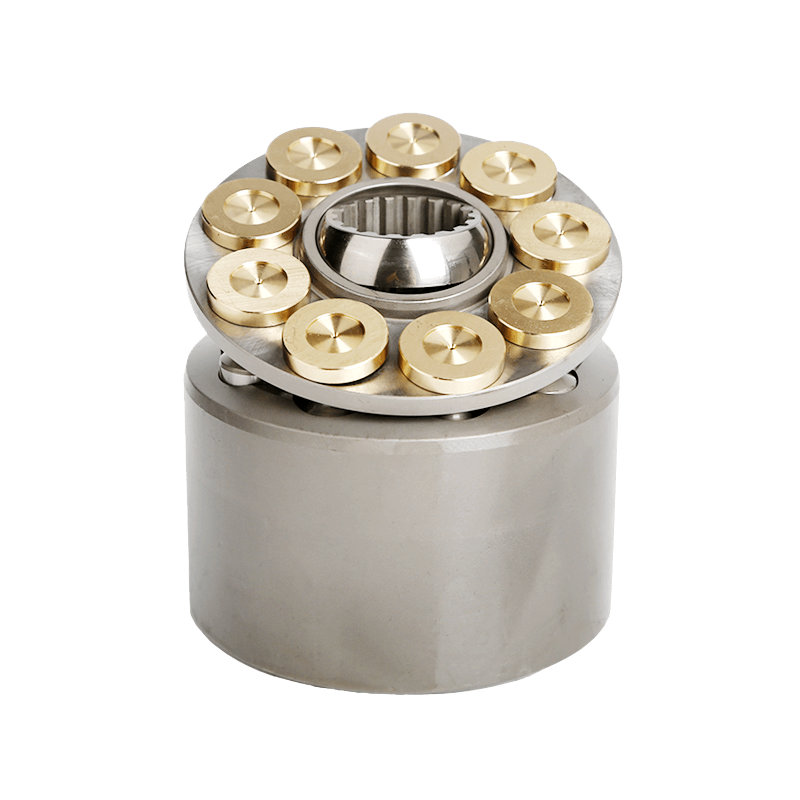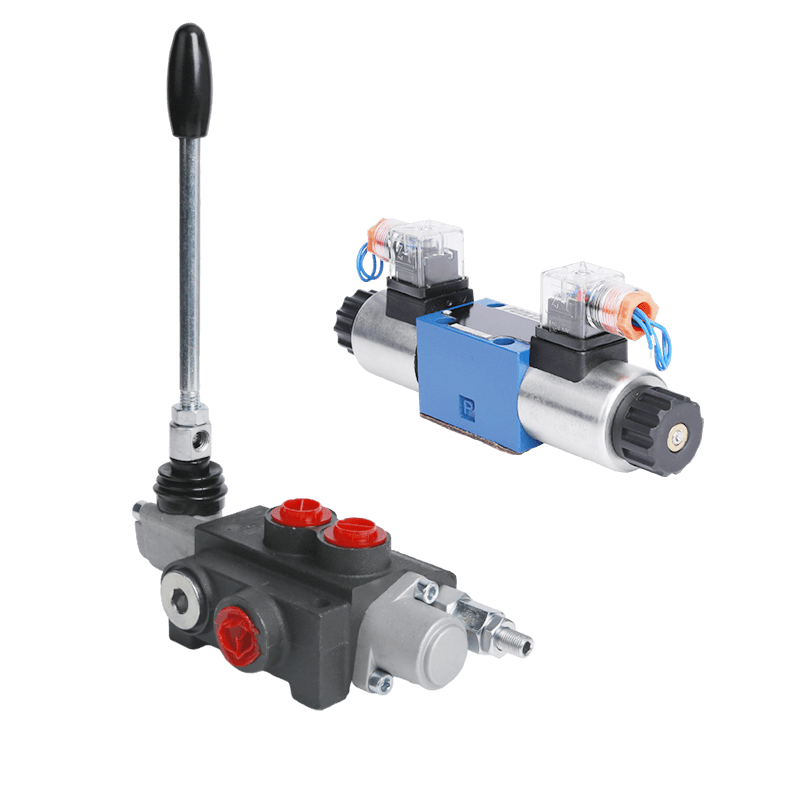Piston pump is a kind of fluid conveying equipment, which relies on the reciprocating motion of the piston in the pump body to realize the suction and discharge of liquid. Because of its simple structure, stable performance, long service life and other characteristics, piston pump is widely used in various industrial occasions.
Working principle of piston pump
The principle of a piston pump is based on the movement of the piston in the body of the pump. This movement detects the suction and inflow of the liquid by varying its volume in the pump body.
Piston advances (suction phase): As the piston advances, the volume at the front of the pump body increases, creating an area of low pressure. Due to the pressure difference, the water is drawn into the pump body and passes through the suction valve to the front of the pump body.
Back of the piston (discharge stage): When the piston retracts, the weight of the face of the pump body decreases, creating an area where high pressure develops and during this time the fluid is forced in and discharged from the pump body through the discharge valve.
Structural features of piston pumps
The main structure of a piston pump includes components such as the pump body, piston, suction valve, discharge valve and drive mechanism. Specifically:
Pump body: the pump body is the main part of the piston pump, usually made of cast iron, cast steel and other materials. Pump body internal suction chamber and discharge chamber, suction chamber and discharge chamber through the piston movement to achieve connectivity. The design of the pump body should meet the liquid suction and discharge requirements, while ensuring the sealing and wear resistance of the pump body.
Piston: The piston is the core component of the piston pump, which realizes the suction and discharge of liquid through reciprocating motion. The piston is usually made of wear-resistant and corrosion-resistant materials, such as cast iron, cast steel, stainless steel and so on. The shape and size of the piston should be designed according to the working conditions of the pump and the characteristics of the liquid to ensure that the piston movement in the pump body is smooth and reliable.
Suction-discharge valves typically use ball valves, plunger valves and other structural forms to ensure sealing wear resistance of the valve.
Drive mechanism: The drive mechanism is the power source of the piston pump, which can be an electric motor, gasoline engine or other power sources. The role of the drive mechanism is to provide the force required in the reciprocal motion of the pistons, and to control the speed and stroke of the piston
In addition to the above basic components, piston pumps also have auxiliary components such as crankshafts, connecting rods and bearings. The role of these parts is to connect the drive mechanism to the piston and to ensure that the reciprocal movement of the piston within the pump body is smooth and reliable.
Applications and advantages of piston pumps
Piston pumps are characterized by simple structure, stable performance and long service life, so they are widely used in various industrial occasions. Among them, in certain occasions that require high pressure, large flow, low viscosity liquid transportation, piston pumps have significant advantages. At the same time, the piston pump is also suitable for high temperature, low temperature, corrosion and other harsh environments under the liquid transportation.
Compared with other types of pumps, piston pumps have the following advantages:
Simple structure: piston pump has fewer main parts, relatively simple structure, easy to manufacture and maintain.
Stable performance: As the working principle of the piston pump is relatively simple, the flow rate and pressure fluctuations during the working process are small, which can ensure stable conveying effect.
Wide range of application: piston pumps are suitable for a variety of viscosity, temperature, pressure of the liquid transportation, has a strong generality. In addition, the piston pump can also be used to adjust the flow and pressure by changing the stroke and speed of the piston to meet different working requirements.
Long service life: the main parts of the piston pump are made of wear-resistant and corrosion-resistant materials, which have a high service life. At the same time, the piston pump has less wear and tear in the working process, so the maintenance cost is relatively low.
Conclusion
Piston pump as a common fluid transfer equipment, its working principle and structural characteristics in industrial applications is of great significance. Through an in-depth understanding of the working principle and structural characteristics of piston pumps, we can better select and use piston pumps to meet the needs of various industrial occasions. At the same time, with the continuous progress of technology and changing application requirements, the design and manufacture of piston pumps will be continuously improved and optimized to provide better support for industrial development.

